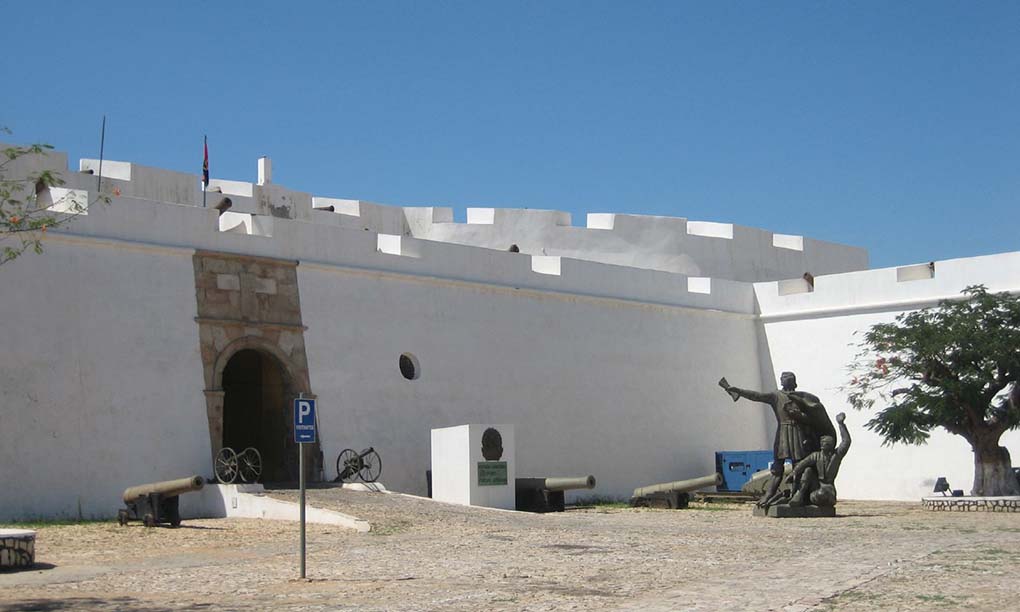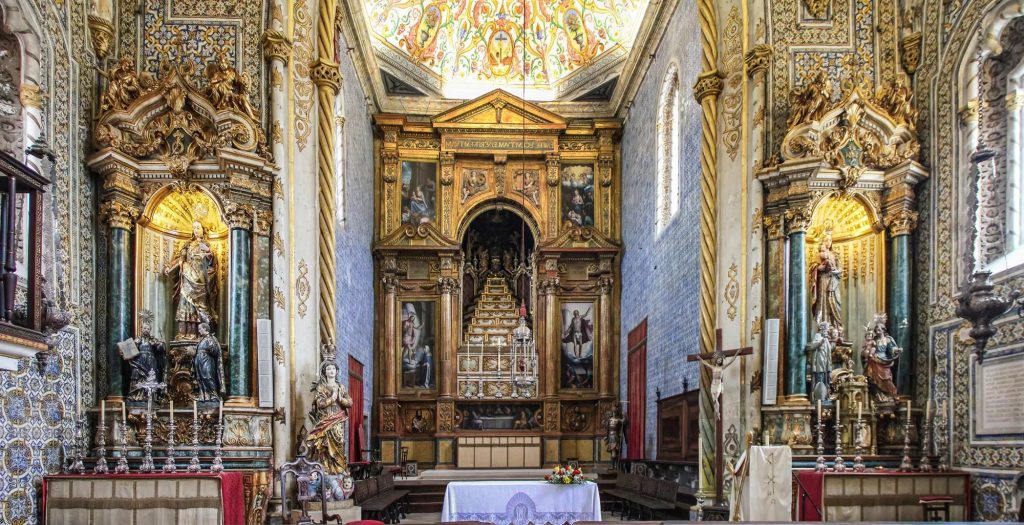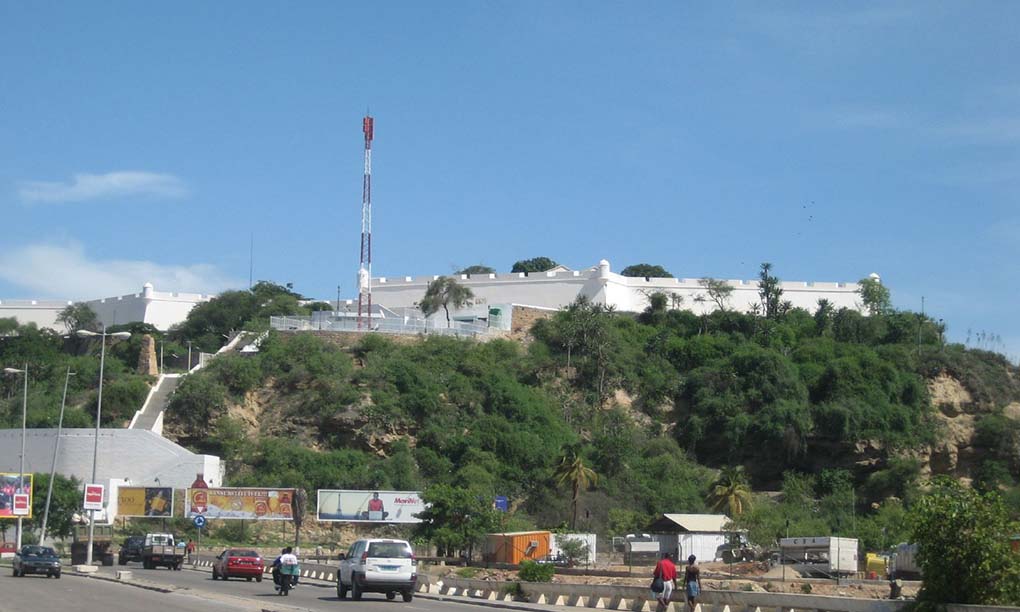Luanda Castle, also known as the Fortress of São Miguel, is a hidden historical treasure nestled in the heart of Luanda, the bustling capital of Angola. This ancient fortress holds the secrets of Angola’s rich and intricate past.
Luanda Castle: A Glimpse of Yesteryears
A Monument Alive with History
Luanda Castle is no mere lifeless structure; it’s a living monument that has borne witness to centuries of tumultuous history. It proudly stands as one of sub-Saharan Africa’s oldest European-built forts, making it a truly exceptional destination for both history aficionados and curious travelers.
The Portuguese Imprint
Commissioned by the Portuguese in 1576, Luanda Castle played a pivotal role in the early chapters of Angola’s colonization. It stood as a symbol of Portuguese supremacy and dominion over the region, doubling as a formidable defense against rival European powers and indigenous resistance.
Unearthing Luanda Castle’s Secrets
Architectural Grandeur
Luanda Castle is a testament to the fusion of Portuguese and African architectural influences. The fortress is distinguished by its imposing stone walls, commanding battlements, and a central courtyard. Its interiors house a chapel, a museum, and an array of chambers that offer a window into the castle’s history and the colonial era.
Museums and Exhibitions

Within the castle’s stout walls lies the Museum of the Armed Forces of Angola, a treasure trove of artifacts, weaponry, and historical documents. These relics illuminate Angola’s struggle for independence and provide insight into the nation’s military heritage.
The Chapel of São Miguel

The Chapel of São Miguel is a poignant highlight of Luanda Castle. This petite yet intricately adorned chapel seamlessly blends European and African architectural styles. Its exquisite craftsmanship and historical significance render it a must-visit site within the fortress.
Luanda Castle: Symbol of Angola’s Tenacity
The Fight for Independence
Luanda Castle occupies a solemn place in Angola’s annals, serving as a place of incarceration for numerous Angolan nationalists during the arduous quest for independence from Portuguese colonial rule. The fortress emerged as a symbol of resistance and resilience for the Angolan populace.
Independence and Beyond
On November 11, 1975, Angola finally achieved its coveted independence from Portugal. Luanda Castle bore witness to the unfurling of the Angolan flag and the birth of a sovereign nation. Today, it stands as an emblem of Angola’s voyage toward autonomy and self-determination.
Embarking on a Luanda Castle Expedition
Practical Insights
Luanda Castle extends an open invitation to the public and can be conveniently reached from various parts of Luanda. Prospective visitors are advised to check operating hours and any admission charges in advance. Guided tours are often available, providing valuable historical context and enriching narratives about the fortress’s historical import.
Embracing the Historical Tapestry
A visit to Luanda Castle is more than just a journey into the past; it’s a chance to embrace Angola’s historical tapestry, resilience, and the vibrant culture that has arisen from its multifaceted heritage. It’s a locale where the echoes of yesteryears harmonize with the aspirations of the present.
Luanda Castle serves as an evocative reminder of Angola’s enduring spirit and its arduous path to independence. It’s a place where history breathes and where the sagas of those who fought for freedom are etched into its very stones.
Tags: Exhibitions, Luanda Castle, Museums